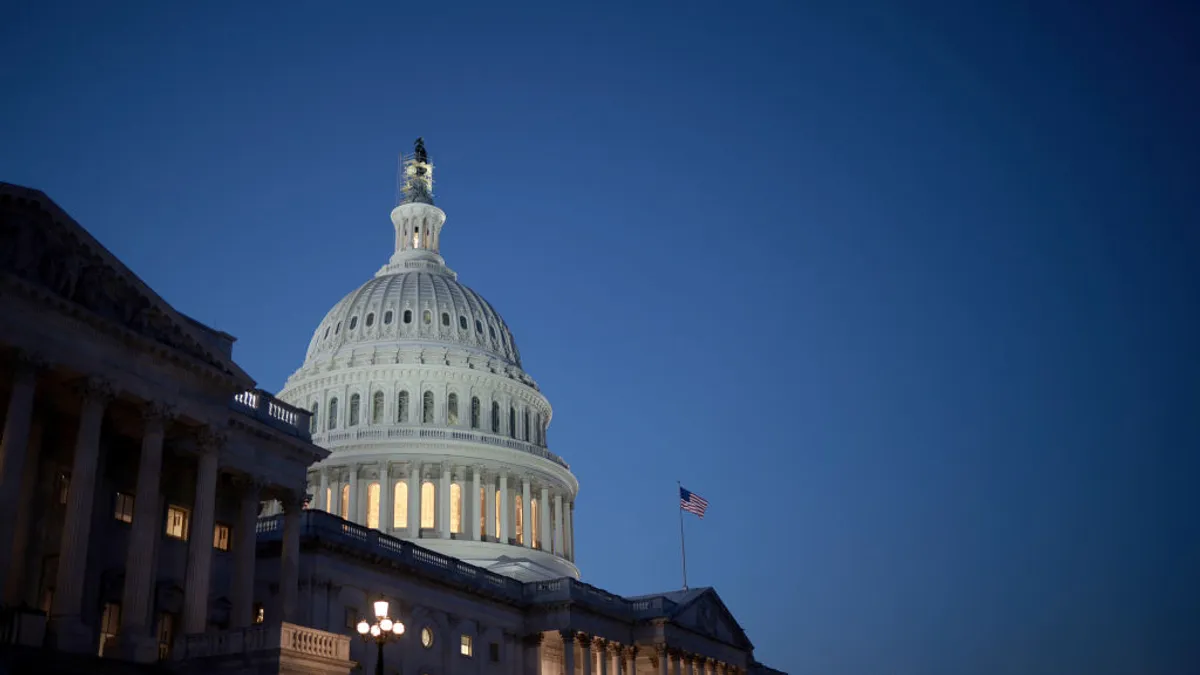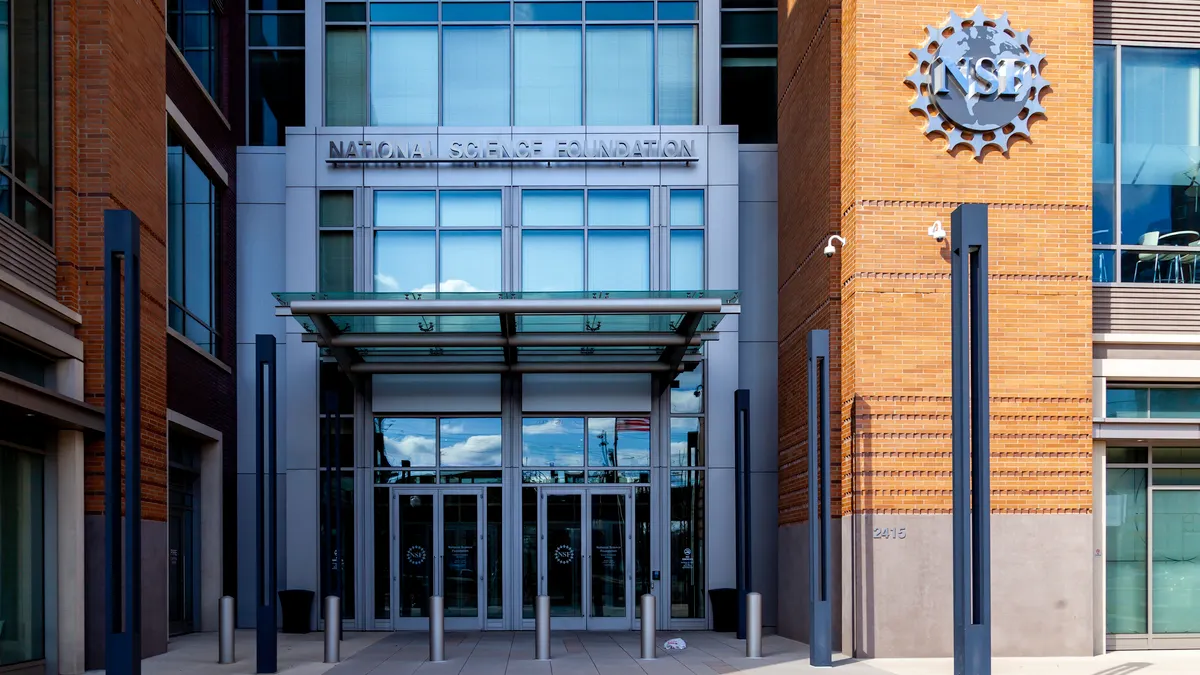Dive Brief:
- This week, the Hechinger Report published a report showing that most flagship campuses fail to reflect the populations of their states, and as a result, leave black and Latino students behind.
- The publication's data looked primarily at the freshman class, and found that more than 33% of states had at least a 10-point gap (and eight had gaps of at least 20%) between the number of black graduating high school students in the state and the number of freshmen enrolled at the flagship university. For Latino students, 10 states had double-digit gaps; New York and Illinois had double-digit gaps for both groups.
- The authors pointed out that flagships often have larger endowments and support for scholarships and other services, which blacks and Latinos, many of whom are first-generation students, disproportionately rely on to get through college. This relates to recent reporting that found a greater percentage of need-based aid is not going to students who need it most.
Dive Insight:
While the Hechinger Report's analysis focused primarily on the number of freshman students admitted compared to the population of high school graduates, the Education Dive team took another dive into the Integrated Postsecondary Education Data System and U.S. Census numbers and found that when looking at total enrollment, most flagship campuses don't even come close to enrolling black students at numbers proportionate to their population in the state.
The conversation around public flagships and the need to provide a public benefit to students in the state — most clearly evidenced by policies that cap out-of-state enrollment as a response to public outcry about losing the flagship to outsiders — fails to acknowledge that none of these institutions was intended to educate black students.
The Morrill Land-Grants Act of 1862 set aside federal land — 30,000 acres for each representative the state had in Congress — for the establishment of public colleges in each state, which would go on to be the flagships of today. When this was expanded in 1890 to include the newly rejoined Southern states, the gift was money instead of land, and it came with a condition: states had to prove race was not a criteria for admissions, otherwise they had to split the money to establish a separate school for students of color. Officials in 19 states opted to establish separate schools, rather than allow black students to attend the flagship. And while higher education was desegregated in 1954 with the landmark Brown court decision, which ordered the elimination of separate K-12 systems, there was no expediency in welcoming black students to campus. In many instances, this mindset persists on the campuses today.
This explains why, despite the ability for flagships to skim the top students who are the best prepared to succeed on campus, they largely struggle to graduate the few students of color they do admit. Roughly half of all of these elite research institutions graduate 60% or fewer of their black populations.
The Atlanta-Journal Constitution this week put out a report pointing to the woefully low graduation rates at Historically Black Colleges and Universities — the institutions created specifically to serve these students. But the piece lacks context about the difference in the levels of preparedness, need to work of many of the students these institutions serve, the high rate of transfer into and out of these institutions (once a student transfers, he or she is no longer counted in the current federal data set).
In fact, more nuanced data show when you count all students enrolled, HBCUs and Hispanic-Serving Institutions (HSIs) perform significantly better, and higher ed as a whole performs significantly worse than was previously thought. In 2015, these institutions enrolled 9% of the black student population but conferred 15% of all degrees awarded to this group.
These charts illustrate that higher ed, particularly elite institutions, have a culture problem. And it isn't just with students — despite research that has shown having black faculty members increases the graduation success of black students, only 10% of the nation’s total number of tenure positions are held by racial and ethnic minorities. As demographics continue to shift and non-white students begin to account for the majority of high school graduates in an overall shrinking pool, institution leaders will need to work proactively to change the culture of their institutions to be more welcoming and inclusive of individuals from different racial and ethnic backgrounds.
And since the success of these students is often directly correlated to the presence of individuals who share common experiences, the conversation must go past students to include finding ways to hire full-time faculty members and administrators as well.







